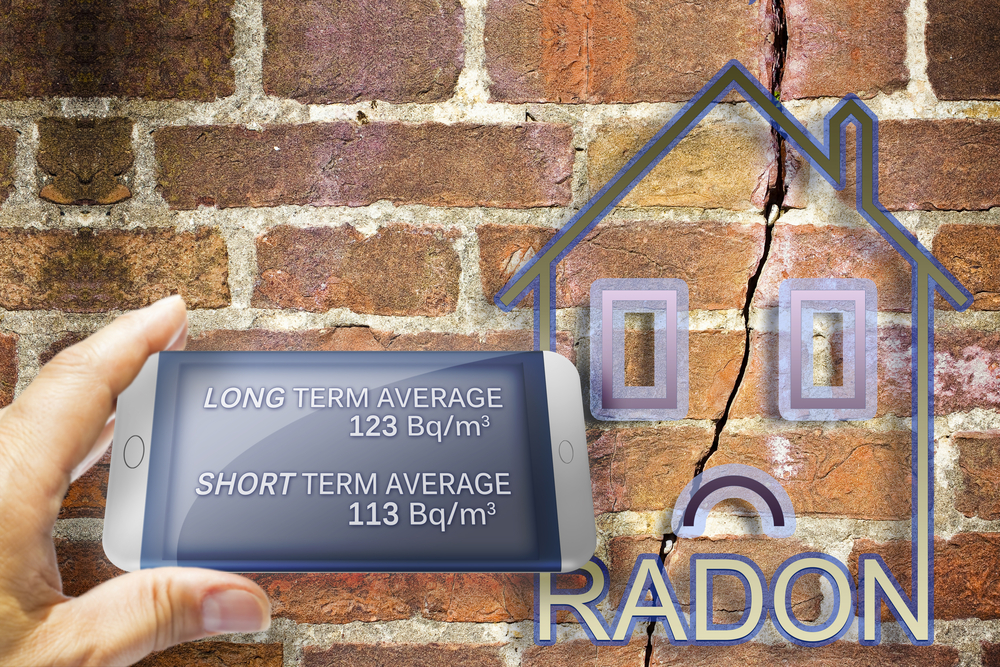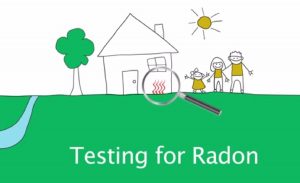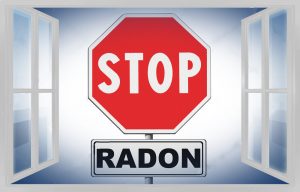It’s important to pay close attention to the finer details when purchasing a new home. You’ll want to take care of radon testing at some point in the home-buying process. Radon testing measures the concentration of radon in the air inside the home. It is a standard part of any comprehensive home inspection.
The radioactive gas radon is produced when uranium in stones, soil, and moisture decays naturally. Only through testing can its presence be determined.
The presence of high levels of radon in your home necessitates the development of a radon mitigation strategy for its removal.
Air pollution from radon is the second leading cause of lung cancer in the United States. As long as the radon level is under 4 picocuries per liter, there is no cause for concern. Nevertheless, a radon mitigation system should be used, and the goal should be to have the lowest radon levels possible for health reasons.
Growing Issue of Radon in Apartments
Hard as it may be to believe, radon is a gas that occurs in the earth and rocks. Before listing a home for sale, most people have it checked for radon gas emissions. Inspections for radon can tell you whether or not your home is secure.
Radon is a naturally occurring radioactive gas that can be extracted from the soil. It’s the number two reason people get lung cancer in the US. By incorporating radon-resistant materials into new builds, radon’s impact has been greatly mitigated.
Is Radon Testing Necessary Prior To Selling?
In some parts of the United States, residents must install a radon reduction system in their homes. A radon mitigation system may end up on the list of necessary repairs after a home inspection. A new radon mitigation system can be installed at the buyer’s expense, or the seller can do it.
Most sellers, however, are just looking to get out of the deal with as few costs as possible, so that’s the one drawback. Seller-completed installations may be less expensive overall, despite potentially deviating from EPA guidelines. Buyers should be aware of the conditions and local regulations. Having the buyer receive a credit to handle the cleanup on their own may prove to be the best solution. But you should discuss this possibility with your real estate agent first.
Who needs to pay for radon mitigation, the buyer or the seller?
You probably weren’t planning on spending extra money on a mitigation system when you bought your new house. Radon mitigation systems, however, can be viewed as a standard repair during a property sale. In addition, if the radon test results are high, a radon mitigation system should be installed as soon as possible. This is for the sake of the health of the people who will be occupying the home.
Radon mitigation systems are expensive, but the seller is under no obligation to cover the costs. However, a buyer has the right to require the seller to pay for any necessary home repairs, including a radon mitigation system. The mitigation system could be paid for by either the buyer or the seller. But we recommend that the latter provide some sort of allowance or credit toward the cost of the system. After reviewing the inspection report, roughly 83% of sellers offer some form of credit for repairs.
Cost of installation reimbursement
To effectively reduce radon levels, various factors must be considered. These are for each individual dwelling.
If no work has been done to initiate the mitigation system, the buyer is eligible for a full refund of the associated installation costs. If some of the installation has already been completed, the seller may offer a partial credit to the buyer to cover the remaining expenses.
Once the system has been installed, periodic radon retests over a longer period of time will be necessary to verify. That radon levels are indeed being reduced as expected. Although there is no hard and fast rule, in most cases the seller is responsible for this.
What effect does radon mitigation have on the value of a home?
The installation of a radon reduction system will not reduce the market value of a home. Radon suppression systems are ubiquitous in radon-heavy regions. Radon is a gas that occurs naturally in some locations; it is not an indicator of bad land management or a harmful environment.
Potential homebuyers in a high-radon area will probably know to inquire about or request a radon test. This is before progressing forward with a purchase. For both the seller and the buyer, it is preferable if a radon test has been performed and a mitigation system is in place.
Should I purchase a home with high radon levels?
If the radon level in a home is higher than 4 picocuries per liter (PCi/L), then steps should be taken to reduce the concentration. It will be safe to live in the house once the radon levels have been reduced by a radon mitigation system.
The radon levels in a house that were once high but are now much lower are likely to be well within safe levels. Some radon tests will span 90 days to account for the daily variations in radon levels. While 48-hour tests provide some insight into the local radon levels, longer-term tests provide a more complete picture.
We can help you with your radon mitigation needs. Contact us today!




